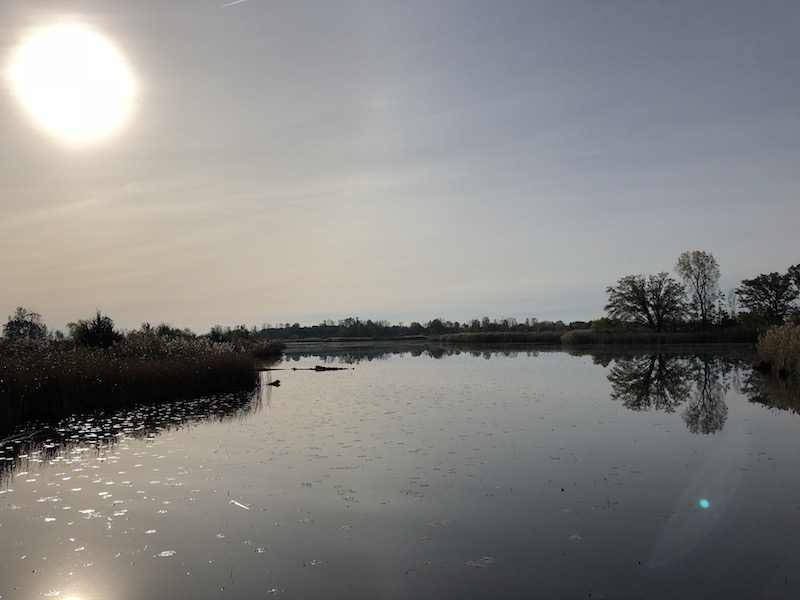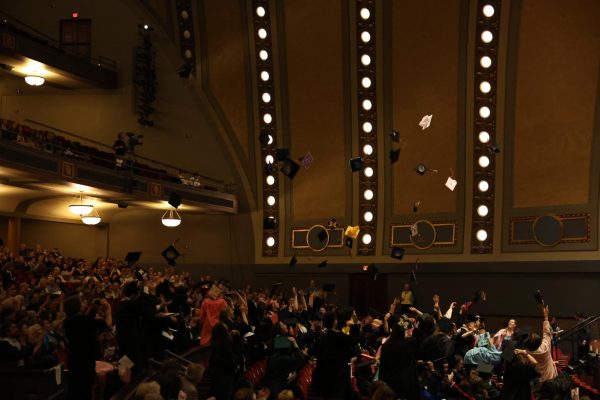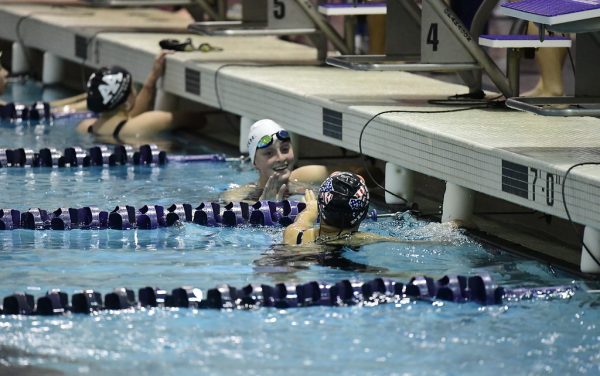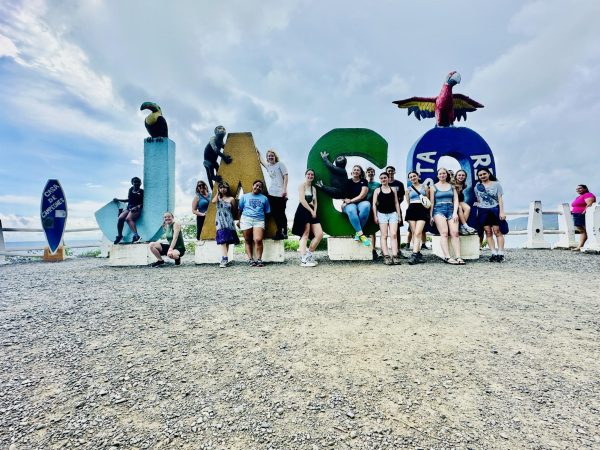Crosswinds Marsh: A lesson in mitigation
On Nov. 8 at 8:00 a.m., Courtney Kiley’s ecology class hosted a guest speaker, Neal Billetdeaux, who helped design Crosswinds Marsh in Sumpter Township. In 1993, The Detroit Metro Airport (DTW) introduced the plan to build a new crosswinds runway, a new fourth parallel runway, a new midfield terminal, extend their 3L runway and expand their air cargo facilities.
There was only one main problem. The 300 acres they found to build on was covered in a wetland. Under the Wetlands Protection Act (WPA), for every one acre of wetland displaced, one and a half acres must be replaced.
That same year, DTW reached out to the SmithGroup—formerly known as SmithGroupJJR—to design a wetland to replace the one they would be destroying. The SmithGroup worked with other agencies and project teams to create a successful wetland.
The area was farmland before 1993, and now is one of the largest human-made wetland in the country. Crosswind Marsh would be planned, assessed, and built. With this plan, agencies and project teams would assess the initial soil quality and type, the surface water, and other factors that would play a major role in how the wetland would function.
Although certain agencies were skeptical of how successful this march would be, it is now 915 acres of healthy, thriving, and successful wetland. Today, Crosswinds Marsh is assessed by one ecologist, Jennifer Panek, and is covered in trails, habitats, ponds, streams, and an eagles nest.
Overall, the project cost DTW around 18.1 million dollars, took 14 months and created two new runways, one terminal and expanded the 3L runway and air cargo facilities. “Money doesn’t count when it comes to ecology,” Kiley said, followed with a laughter from the class.














